The Superstitions of Witchcraft
The Superstitions of Witchcraft
The Superstitions of Witchcraft is designed to exhibit a consecutive review of the characteristic forms and facts of a creed which (if at present apparently dead, or at least harmless, in Christendom) in the seventeenth century was a living and lively faith, and caused thousands of victims to be sent to the torture-chamber, to the stake, and to the scaffold. At this day, the remembrance of its superhuman art, in its different manifestations, is immortalised in the every-day language of the peoples of Europe.The belief in Witchcraft is, indeed, in its full development and most fearful results, modern still more than mediæval, Christian still more than Pagan, and Protestant not less than Catholic.
Book Excerpt
fe of Mohammed). Cicero's observation that there was no people either so civilised or learned, or so savage and barbarous, that had not a belief that the future may be predicted by certain persons (De Divinatione, i.), is justified by the faith of Christendom, as well as by that of paganism; and is as true of witchcraft as it is of prophecy or divination.
[3] Dr. Balthazar Becker, Amsterdam, 1691, quoted in Mosheim's Institutes of Ecclesiastical History, ed. Reid.
Those (comparatively few) whose reason and humanity alike revolted from a horrible dogma, loudly proclaim the prevailing prejudice. Such protests, however, were, for a long time at least, feeble and useless--helplessly overwhelmed by the irresistible torrent of public opinion. All classes of society were almost equally infected by a plague-spot that knew no distinction of class or rank. If theologians (like Bishop Jewell, one of the most esteemed divines in the Anglican Church, publicly asserting on a well known occasion
Editor's choice
(view all)Popular books in History, Philosophy
Readers reviews
0.0
LoginSign up
Be the first to review this book
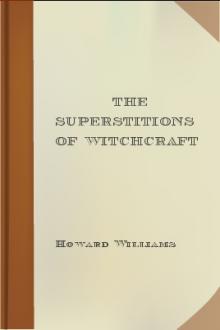
 Free Download
Free Download













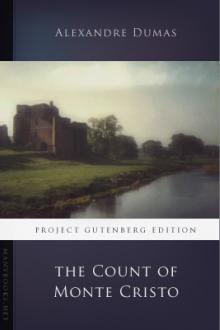
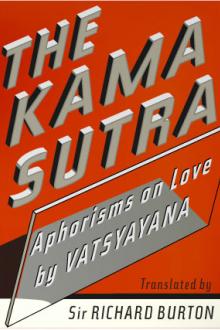

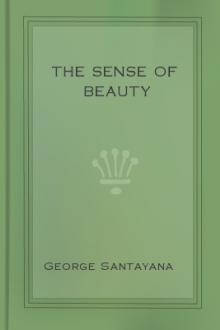
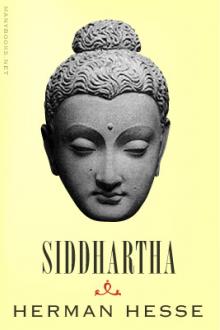
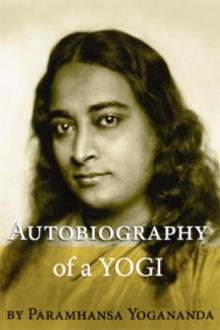


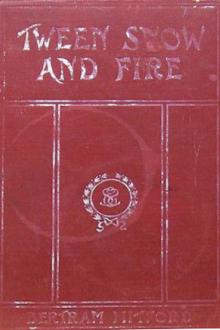

-itok=vcKIB5v1.jpg)